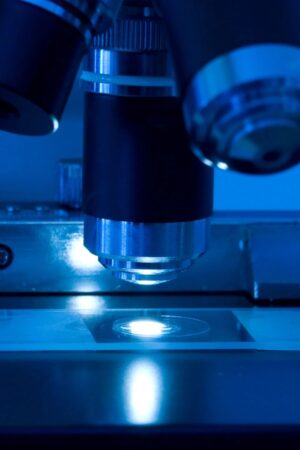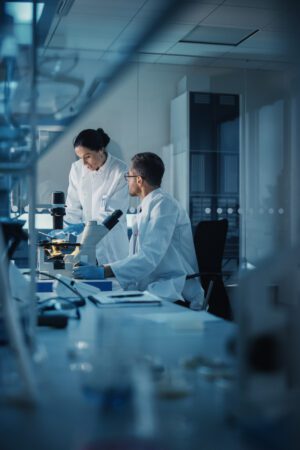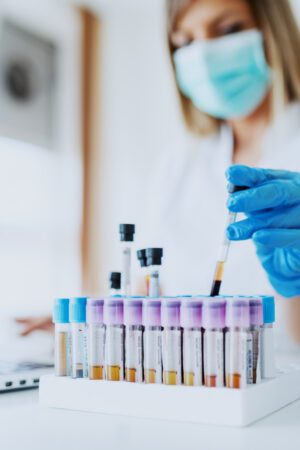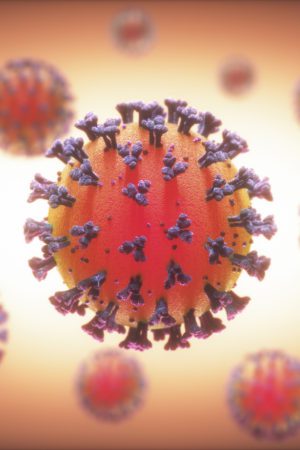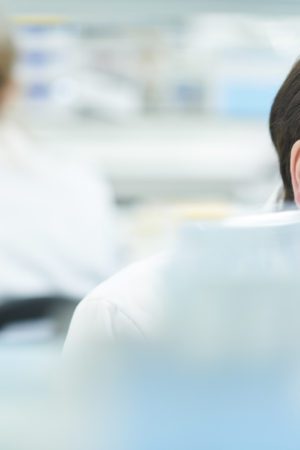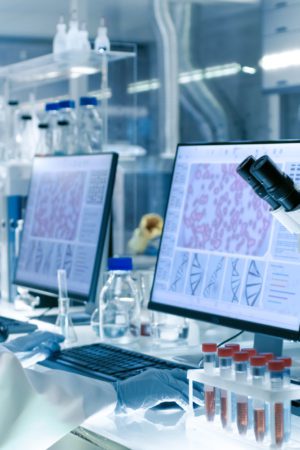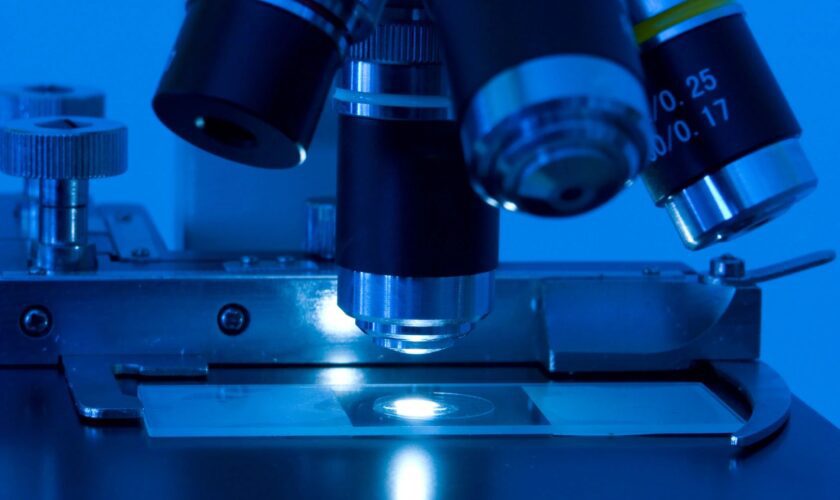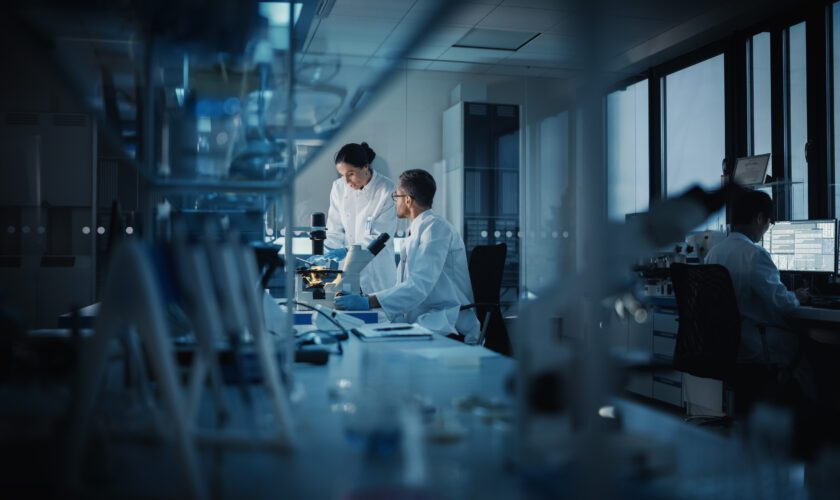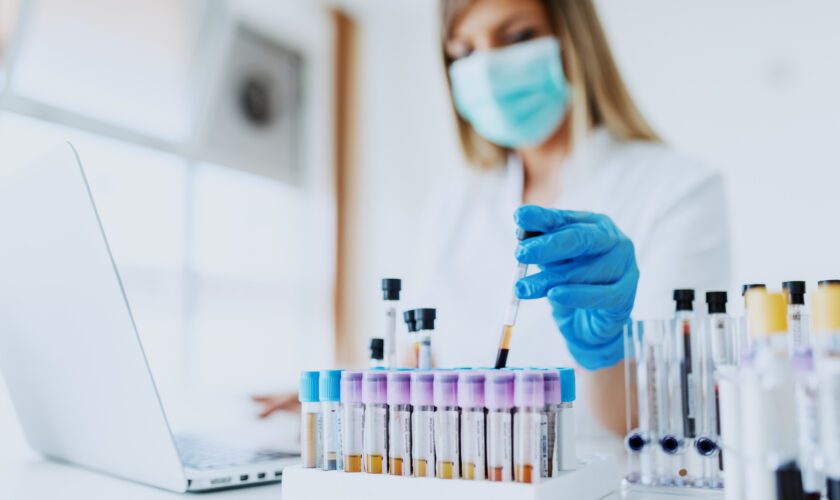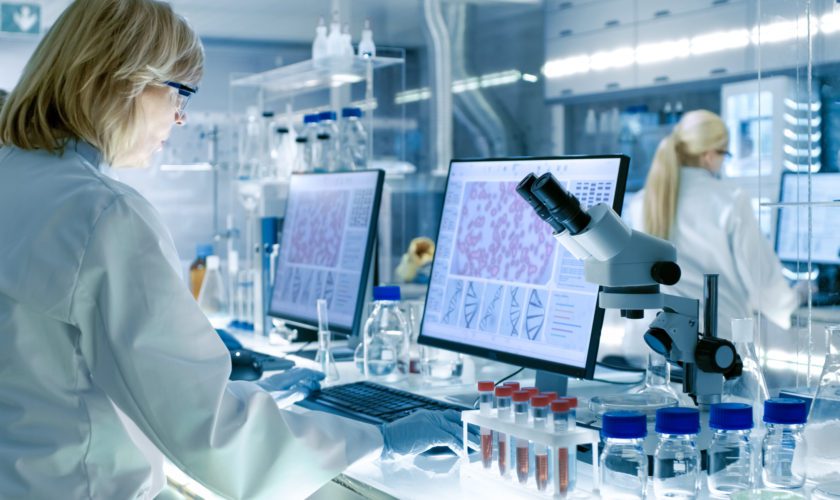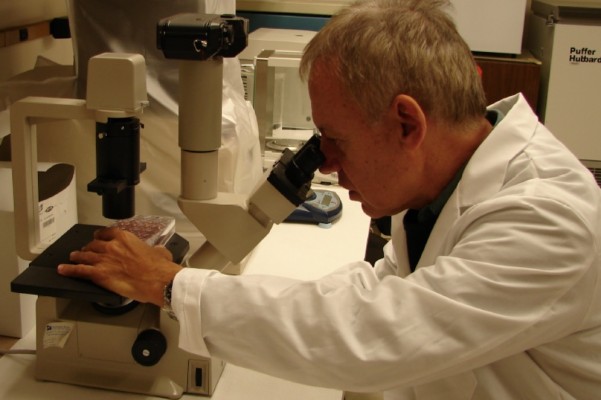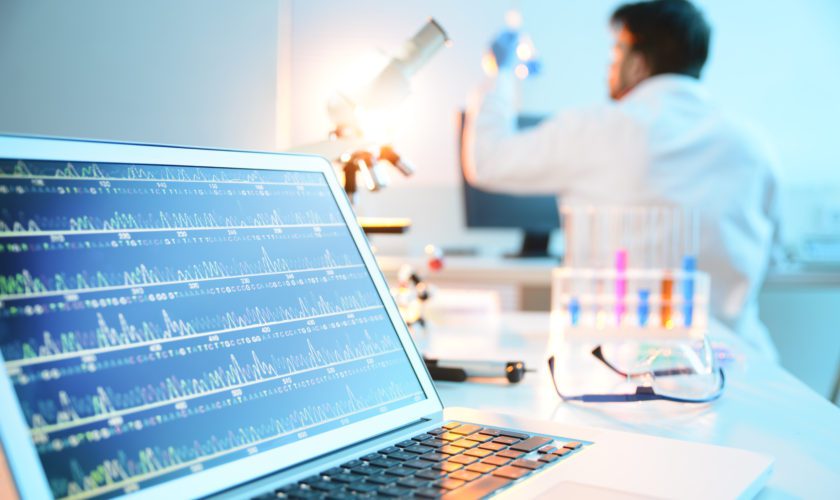You might have read a review article my colleagues and I wrote a few years ago titled,
“The Wonders of 2-Deoxy-D-glucose.“ In the opening part of the review, we explained
our ideas as to why 2-DG was such a special molecule as follows:
“Through the eons of time, out of all possible configurations, nature has selected
glucose not only as a vital source of energy to sustain life but also as the
molecule whose structure supplies the appropriate elements required for a cell to
grow and multiply. This understanding, at least in part, explains the profound
effects that the analog of glucose, 2-deoxy-D-glucose (2-DG), has been shown to
have on as common and widespread diseases as cancer, viral infection, aging-
related morbidity, epilepsy, and others.”
So, it should come as no surprise to learn that recently, Alzheimer’s disease and
ischemic stroke has been added to the ever-growing list of diseases where 2-DG is
making an impact, as reported by the laboratory of Dr. Rajiv R. Ratan, MD PhD, CEO of
the Burke Neurological Institute at Weill Cornell Medicine in the September 2023 issue
of the journal Neuron titled: “2-Deoxyglucose drives plasticity via an adaptive ER stress-
ATF4 pathway and elicits stroke recovery and Alzheimer's resilience.”
We are very pleased to report that Dr Ratan has graciously agreed for us to join forces
to investigate how 2-DG, as well as other sugar analogs we’ve developed for cancer,
can best be used to uncover mechanisms underlying Alzheimer’s disease.
We have recently been invited to submit a grant application by the Cure Alzheimer’s
Fund with the goal of exploring 2-DG and the other glucose analogs to investigate how
they may be developed to better treat Alzheimer’s patients.
By combining Dr Ratan’s expertise and leadership in treating neurological diseases and
his close association with Dr. Li Gan – a leader in investigating Alzheimer’s disease and
developing Alzheimer’s animal models – we are delighted to be able to add our insights
on sugar analogs to this team of experts for the newfound application of 2-DG in
treating Alzheimer’s.
I am also pleased to announce that Dr Daniel Stanciu, founder of the MCS Foundation
for Life and co-founder of MCS Formulas – a rising supplement company with a focus
on providing supplements for cancer patients – has graciously and generously offered
to donate 40,000 euros ($43,500 USD) to use the slow drip protocol we jointly
developed to study its use in stage 4 cancer patients in India.
This donation and study will allow us to continue our collaboration with Arpan Talwar
and Dr Mandeep Singh, co-founders of the Art of Healing Cancer – a unique institution
integrating multiple treatment modalities from modern to traditional medicine and
applying them to late-stage cancer patients.
Our collaborations with this group have already yielded positive results in numerous
cancer patients treated with our slow-drip delivery protocol of 2-DG, and the upcoming
study will hopefully add to that success and further document the benefits that this
remarkable sugar analog offers to late-stage cancer patients.
Additionally, G.ST-antivirals in Vienna, Austria, who we’ve worked closely with,
announced recently that their nasal spray delivery of 2-DG for treating rhino-viral
infections responsible for the common cold, successfully passed their Phase I clinical
trial showing that it was well-tolerated and safe. Based on this result, they have been
approved to move ahead for a Phase II trial to determine efficacy.
In my view, the science behind the use of 2-DG for ever-increasing medical applications
is now so strong it is only a matter of time before this sugar analog will eventually be
made available to the millions of patients that can benefit from it.
I am glad that those of you who follow our work are able to witness and share in our
enthusiasm for its success to date and potential for the future.
Dr Theodore “Ted” Lampidis

